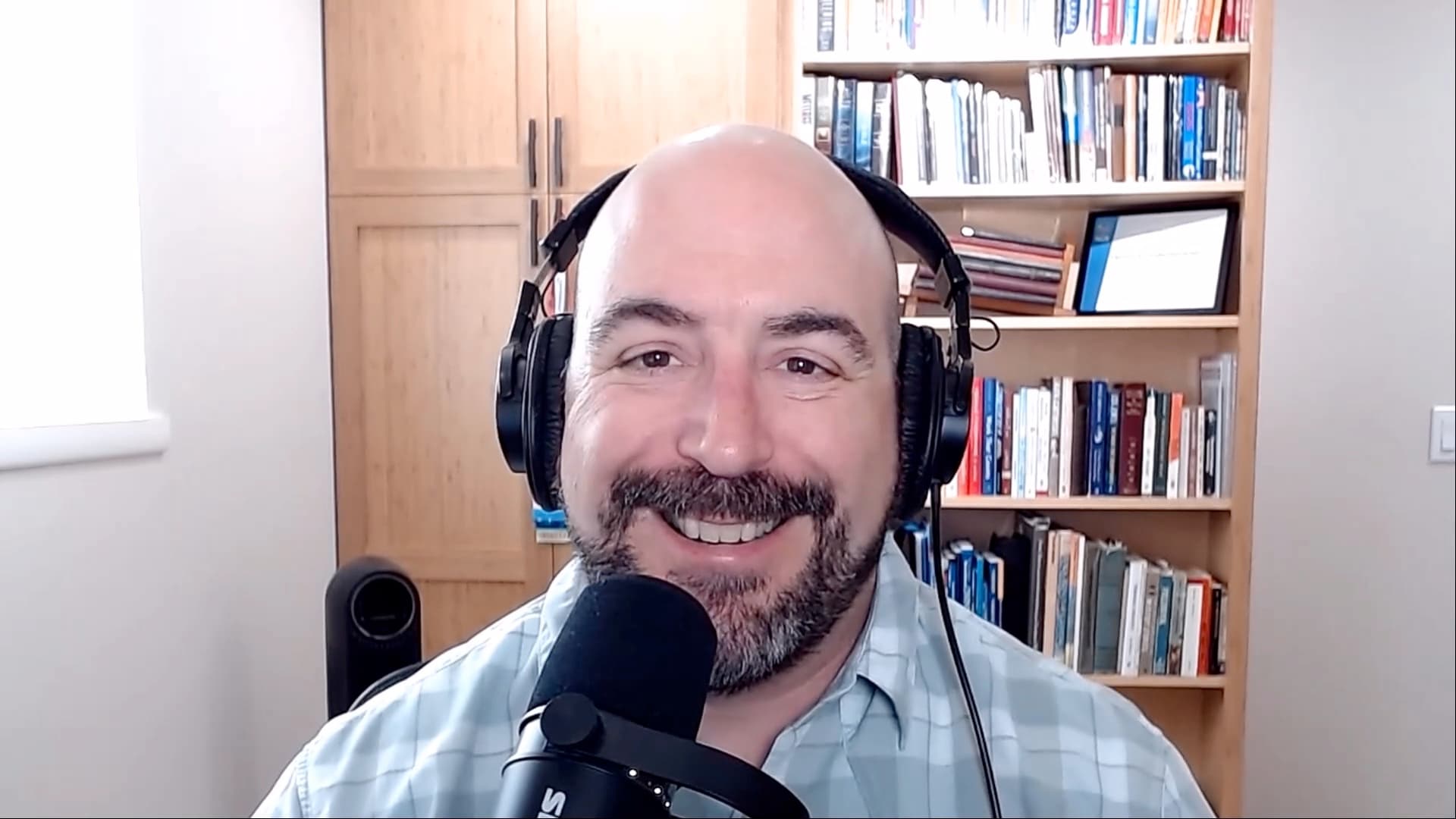
Unveiling the Secrets to New Manager Success
… [Read more](https://www.managersclub.com/unveiling-the-secrets-to-new-manager-success/ "Unveiling the Secrets to New Manager Success")
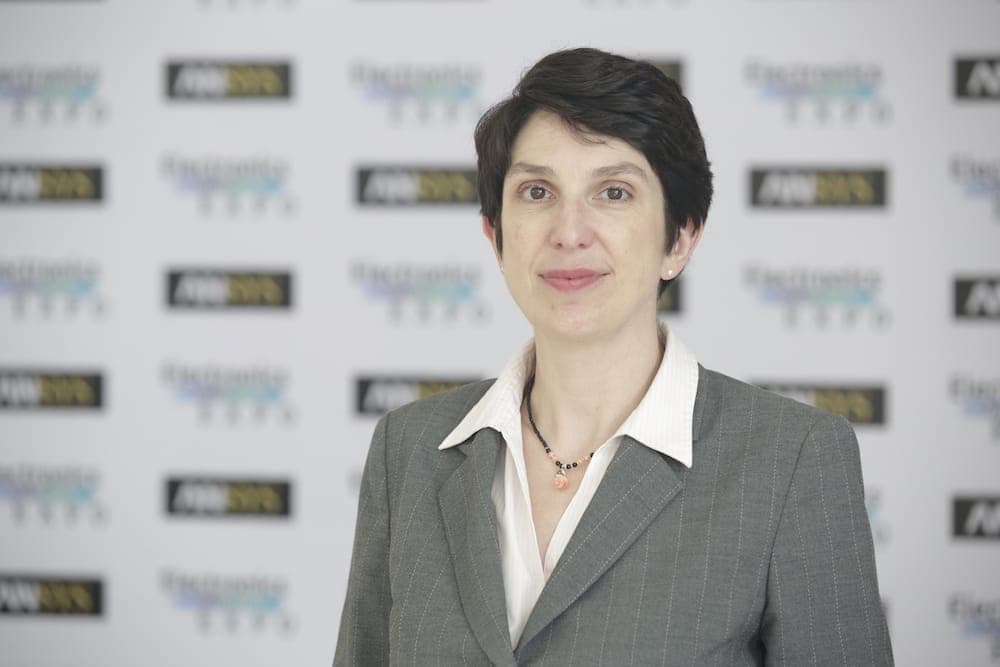

Location: San Francisco Bay Area
I’m Margaret Schmitt, Senior Director of Business Performance in the Systems Business Unit at ANSYS, a leader in engineering simulation technology; prior to this role, I served as Chief of Staff to the CEO at ANSYS. I have 20 years’ experience in semiconductor and electronic systems design, and I specialize in the areas of low-power and power/thermal management. I am currently focused on enabling ANSYS solutions for Autonomous Vehicle development, and I’m a strong advocate of mentoring programs and expanding women’s role in technology, which I do through women’s groups at ANSYS. Academically, I hold a Masters Degree in Electrical Engineering from the Technical University of Berlin, Germany.
Being a woman in technology, there is still the perception that women represent the sales and marketing side of the business, but not the technical expertise. I am a technical expert – and while I may sometimes be the minority of a room, I always strive to make my voice heard.
When I hire, of course I hire with a certain role in mind. However, instead of trying find someone who perfectly fits into the role today, I feel much more comfortable to hire a person who has potential to grow into this role and beyond this role. This means in many cases, I don’t look for an exact match with a candidate’s prior experience, but I look for intelligence, passion, focus and diversity of experience, and approach to solving problems. If I think the person can fill the role soon, but will possibly outgrow this role at some point, then I feel comfortable hiring this person. This means two things. First, it means taking a risk, because that potential you have seen may not materialize. Second, it means you commit. You commit to making this person successful, to helping them grow in the role that they may not have done before. In addition, given the digital era we operate in nowadays, I truly believe in skills management rather than following restricted categories and requests while looking for an appropriate profile. The continued willingness to learn, curiosity and agility are keys for me to support company’s growth.
Stay humble – one of the things I have learned is the ability to say – “you are right,” to your team, when they have an idea that’s better than your own. Being able to listen and learn from what your reports are telling you is critical in making the right decisions and leading your team. Also, I am a huge supporter of building bench strength, and I truly believe that your success is dependent on your ability to create a strong bench behind you. If you try to play it safe by being indispensable, then you are not scaling and not preparing yourself to move on and leave a strong intact team behind you. Remember you as a leader have the responsibility to grow the organization and create the next generation of future leaders. You see this in many companies today – the idea that every leader has to create their own ‘succession plan’. I think this is a great concept and it forces managers to think “who in my organization could grow into a bigger leadership role and what do I need to do to make this happen?”. It is also a great opportunity for leaders to look inside their existing organization and recognize the talent and potential of women on their team, whom they could help develop into a future leader.
My day can range from taking care of product, marketing, field execution or customer meetings, so every day is different – and this is exciting. Keeping a perspective of those few priorities I need to achieve that day helps me keep the critical issues moving forward. Certainly, I dedicate time in the morning, evening and lunch hour, to working down my emails, and making sure things are moving forward. Most of my core working hours are spent with people, listening to the latest issues and ideas, and making sure we are accomplishing our mission and working effectively. One of my key beliefs is that taking care of the people in the organization is the best way of taking care of the business.
I wake up early in the morning, before the emails and phone calls start – and in the quiet time I make a plan for my day – what are the priorities? What has to be done? This helps me focus on what really makes a difference and helps me move quickly from topic to topic. At the end of the day, I reflect on what I accomplished and what could I have improved on. This doesn’t mean that I blame myself and regret what I have done, but I try to analyze and consider how I can improve. Maintaining your networks and growing them is also a day-to-day focus that I recommend for everyone. It’s easy to get in the mode of ‘heads-down’ in your work every day, but your networks (both inside and outside your company) will help you get a fresh outlook and keep things in perspective.
I am a big user of LinkedIn. Coming from the Semiconductor and EDA industries, it’s a small world, and this helps me stay connected to friends and colleagues. Also, I learn a lot from the posts and comments from my network, especially about the latest trends around 5G, Semiconductors, Autonomous Systems and Digital Health – some of my favorite topics. It’s a great way to keep on top of the latest technology news as well as stay connected to my network.

I highly recommend that anyone striving to become a better team leader, whether you are in a management role or not, should read Five Dysfunctions of a Team by Patrick Lencioni. Specifically, for women aspiring to become better leaders, this book helps readers learn to build trust in their team and also that constructive conflict is crucial to helping a team form the best decisions and move in the same direction. This is an important lesson to learn, as very often we perceive conflict to be negative, and may hesitate to speak up (or listen to) a differing opinion (especially in front of the team). This can lead to lack of ‘buy-in’ for the team and can impact the team’s ability to move forward effectively. I read the book a few years ago, and it continues to inspire me today.
The one important thing you need to realize as a coach and mentor is that one size does not fit all. What works in coaching one person on your team, may not work for another, due to different personalities, background and our own unique strengths and weaknesses. That means I cannot replicate the path that I took and encourage others to do the same – it may not work for them. Some people have very strong technical skills, others have strong interpersonal skills – and depending on these differences, they need a different approach to develop. We all have different goals as well. When coaching someone, I try to understand what their long-term goals are, and help them navigate a path to achieve those goals based on their personal strengths.
Beyond my immediate team, I also lead the Women in Technology group at ANSYS and one of our top priorities is mentoring and coaching women across the organization.
You can take a look at my profile and postings on LinkedIn, but also take a look at the ANSYS Blog – it’s where my colleagues and I share some thoughts on how technology and simulation are helping improve people’s lives with innovative products in the area of healthcare, communication and transportation. You’ll always find some interesting ideas on the ANSYS blog to inspire you.

… [Read more](https://www.managersclub.com/unveiling-the-secrets-to-new-manager-success/ "Unveiling the Secrets to New Manager Success")
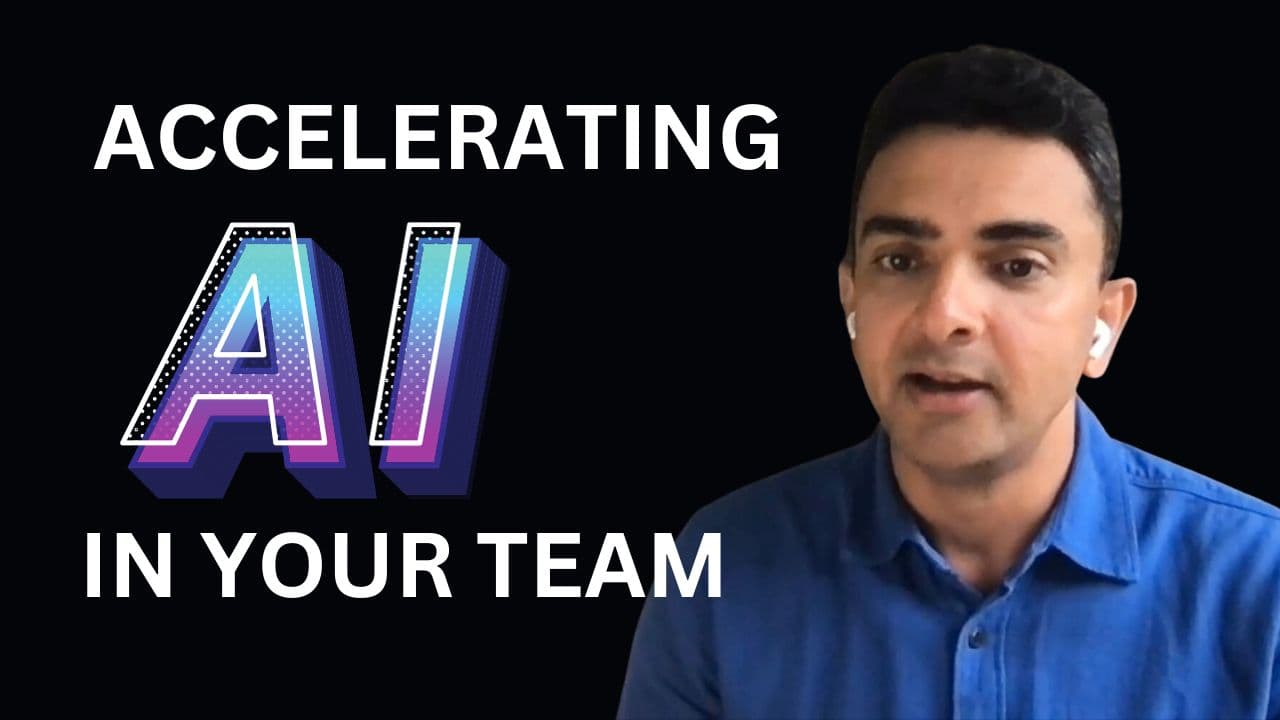
… [Read more](https://www.managersclub.com/accelerating-ai-in-your-team-strategies-for-success/ "Accelerating AI in Your Team: Strategies for Success")
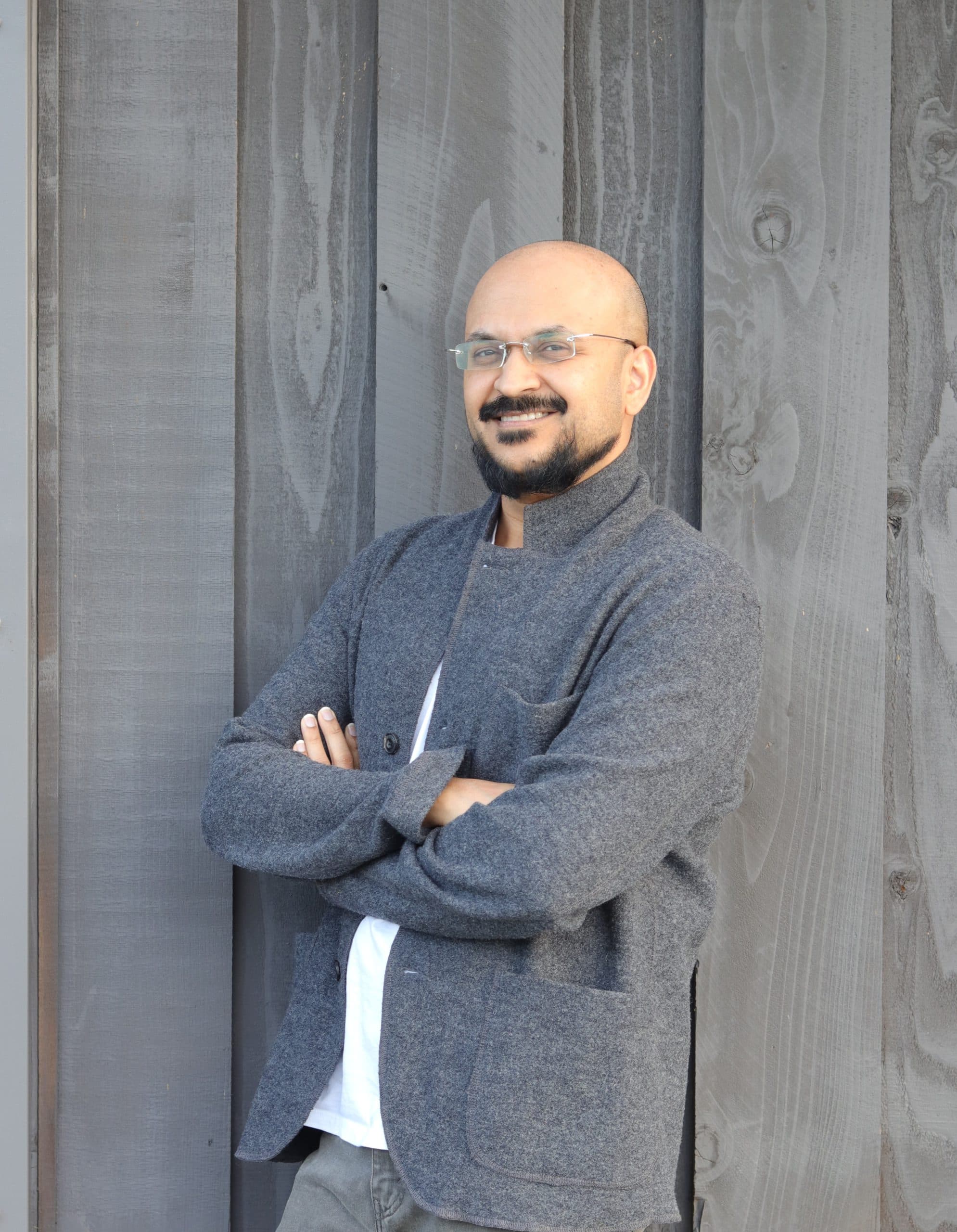
In this video, Rajesh Janakiraman, an engineering manager at Google, shares his insights and experiences on leading business critical projects while ensuring his team remains motivated and doesn’t burn out. Business critical projects can be intense, high visibility deadlines that often shift roadmaps and include executive-level oversight. Building the right team, maintaining communication, and managing expectations around these challenging projects are crucial to preventing burnout and driving results.

Are you on the lookout for a collaborative, engaging community tailored specifically for your role? Look no further! Introducing the Managers Club Discord server dedicated to leadership in engineering. We’re a community of engineering managers, team leads, and CTOs who come together to share experiences, best practices, and insights.
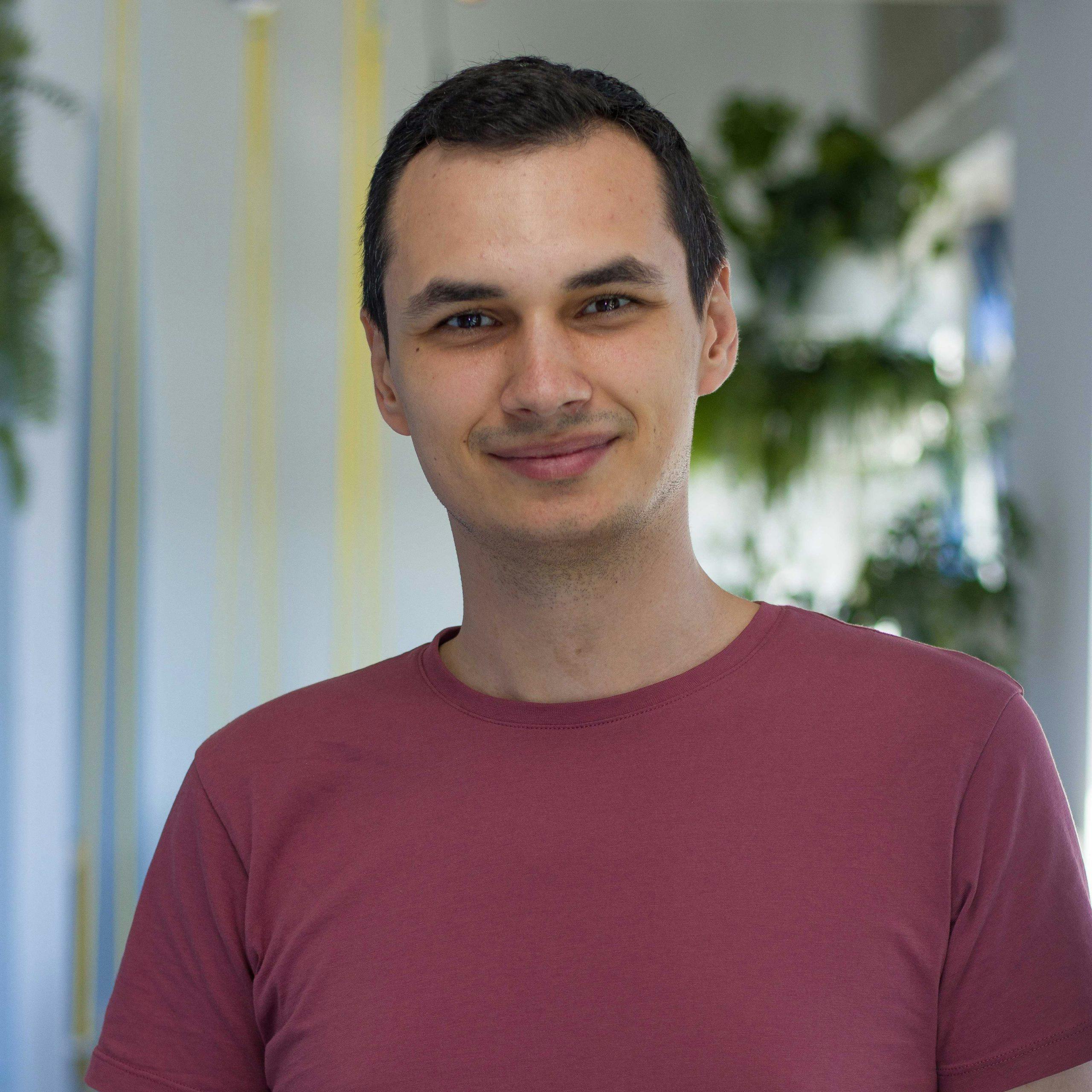
Are you an Engineering Manager curious about gauging your effectiveness and success in your role? In this insightful episode, we dive deep into metrics and stakeholder management with Ivan Bilan, an experienced engineering manager. Discover the core metrics for measuring engineering manager performance in people leadership, product quality, delivery, and self-promotion, and learn the importance of stakeholder management in driving team success. In this video, we will be looking at how to measure success and performance for managers. We’ll be exploring different methods and tools that managers can use to measure their own success, as well as the success of their team. Don’t miss out on these valuable insights and strategies!

In this engaging conversation, experienced technical recruiter Kate Parton shares vital advice and insider tips for candidates seeking job opportunities in the tech industry. She discusses red flags to watch for, navigating compensation discussions, common misconceptions about the recruiting process, and how to make the most of your partnership with a recruiter. Discover the role of social media and the rise of AI in the hiring process. Kate shares valuable tips and advice on making your job search and interview process smoother and more successful. Tune in for an insider’s perspective on the world of recruitment and how to avoid common pitfalls!